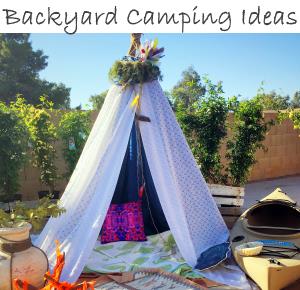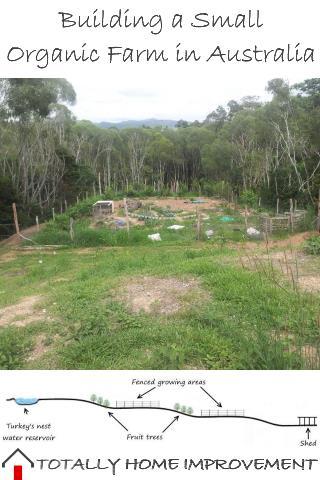
If you're a dedicated follower of this blog, thank you, and you'll also be aware that I visited my brother Daniel's property inland from the Sunshine Coast in Queensland, Australia last Christmas and I brought back photographs of his outdoor bathroom in the bush.
The original plan was that while I was there I was going to help him build a fish pond on the top terrace of his farming area. By the time I got there Daniel had changed his mind and decided to leave the "Turkey Nest" on the top terrace as a simple clay bottomed water reservoir without added fish.
I ended up spending the time relaxing rather than working, however Daniel did take me around the property to show me the improvements since I'd been there last, and I took a few pictures on my phone to share.
The property consists of two ridges with a valley in between, and another valley beyond the second ridge. The first ridge is where he's built (is still building) the main dwelling (everything is a work in progress on the property) and on top of the second ridge he's constructed terraces for his small organic farm.
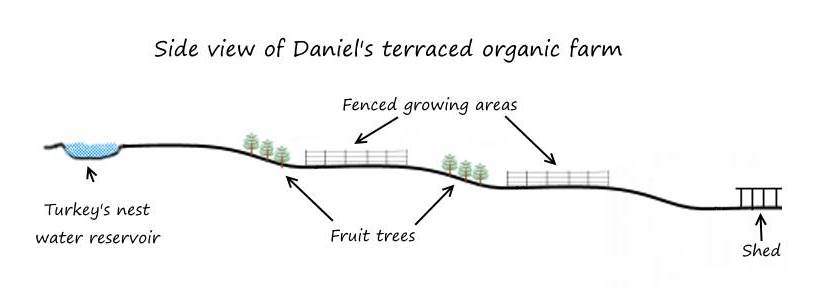
The intent of the design is to make the farm as energy efficient as possible, so although a lot of energy was used by heavy earth-moving equipment to create the terraces, in the long run a lot of energy will be saved by having the water for the plants run downhill from the turkey's nest which captures the run-off water from a hill to the left (not pictured) in the diagram above.
Further energy savings are gained by building as much of the infrastructure as possible from locally sourced materials including trees from the property itself. You can see this in the shed pictured below where all the corrugated steel was reclaimed from local demolitions and the posts are from trees which were cleared from local home building sites. The rustic look is a theme he has running throughout the property from the outdoor kitchen to the 'mickey mouse house' which I plan to write about later.

These next two pictures was taken from the middle of the first terrace looking back down toward the shed in the previous photo. Rather than using sprinklers to water the plants, the black tubing you see is used to drip-feed water to ensure that only the amount that is needed is used - this reduces the amount of water needed by about 50%.
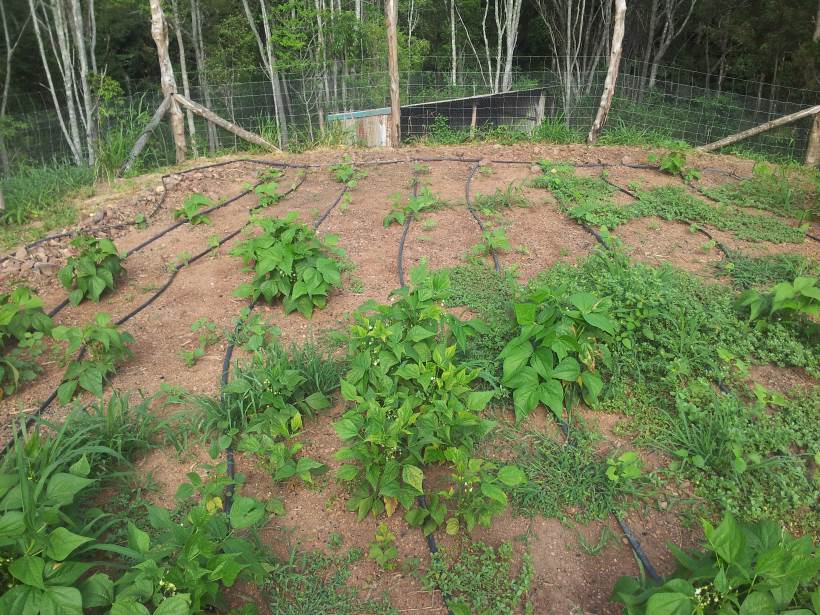
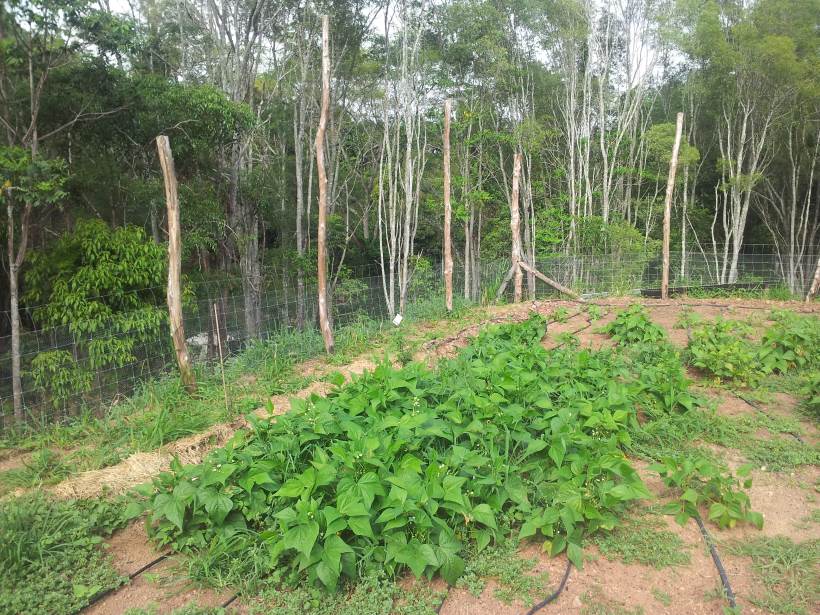
My first thought was that there were a lot of weeds growing in between the beans but my brother assures me that most of what is growing there is serving a purpose - some are there to condition the soil and some are companion plants which help the main crop grow (I still think some are weeds). I'm no expert on organic farming so I'll take his word for it (mostly).
Here's a photo of one of the slopes in between the terraces - if you look closely you can see the posts and wire fences around the baby fruit trees which have been planted not only for their future crops, but also to hold the soil together and prevent erosion.

The second terrace is a bit further along in development and soil conditioning and it has a wider variety of crops growing from potatoes and tomatoes through to parsley, strawberries, melons and even a freshly planted crop of corn.

There's also a chicken coup on the second level - they roam inside the fenced off areas of the first two terraces during the day, then they're safely enclosed at night to keep the local predators at bay. The chickens earn their living not only by providing eggs, but also by working over the soil as they pick and scratch for grubs.

Up the top of the third terrace is the 'turkey's nest'. The water is a bit muddy but there are filters under the water on the end of the hoses to prevent them from getting clogged. It's about 20" across and was dug out when the terraces were created. There is a larger dam in the valley between this ridge and the one with the house and water can be pumped up from there if this one gets used up.

Every time I go there to visit my Brother, and my Mother who lives 'just down the road' (only an hour and a half's drive on the highway), I'm impressed by just how big the Australian countryside is. I sometimes like to imagine myself living on a quiet block of land there (minus all the work of trying to build a farm) and find myself jumping onto Australian real estate sites to browse and dream about my own place downunder. But the reality is that I'm a city person who can't cope with living 60 miles away from the nearest supermarket :)
Bye the way - if you're a traveler who likes to get off the beaten track, you'll find Daniel's property on Helpx. The Helpx website lets you find places where you can stay without paying in exchange for doing some work around the property - the types of places range from farms to beach resorts.
Daniel's plan is that by the end of next year the organic farming will be productive enough to support a family of four from the food they produce for themselves and the rest (most of it) which he sells at local markets, and all this for only two or three hours of work per day.
You might also like to read:
• DIY Polytunnel - A Greenhouse Alternative
• 10 Good Reasons To Start A Vegetable Garden
Category:




